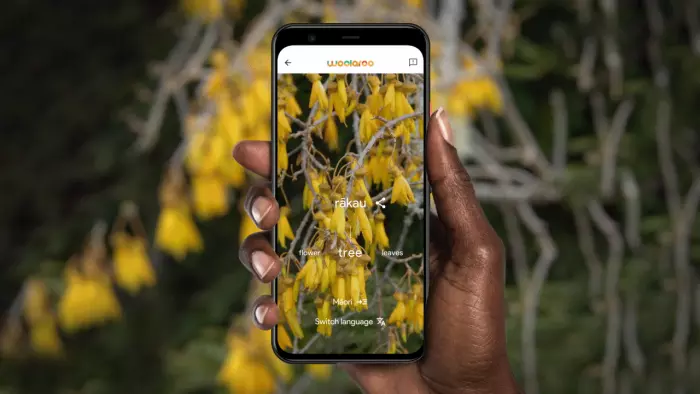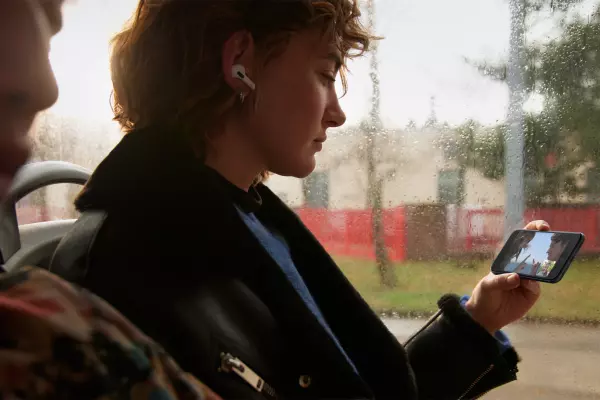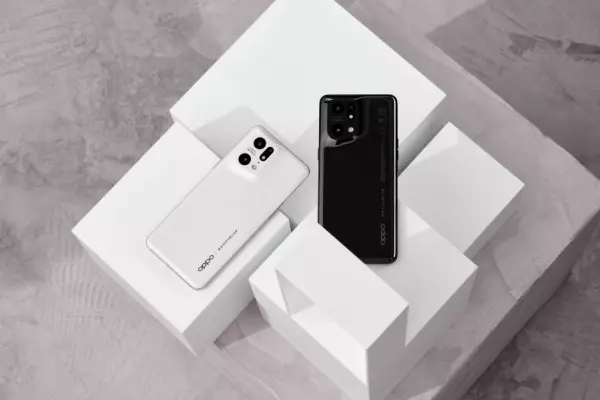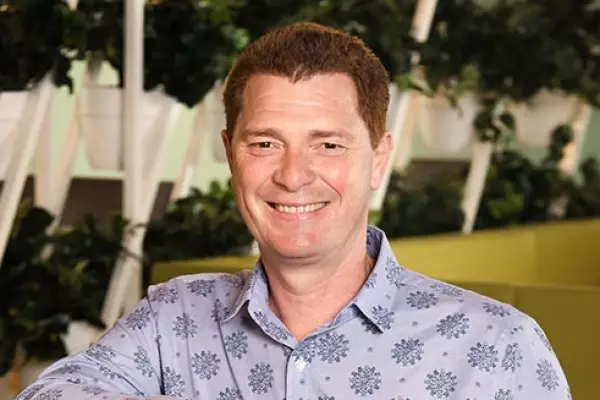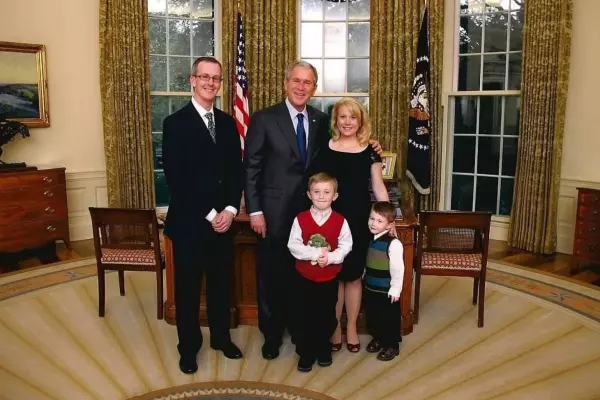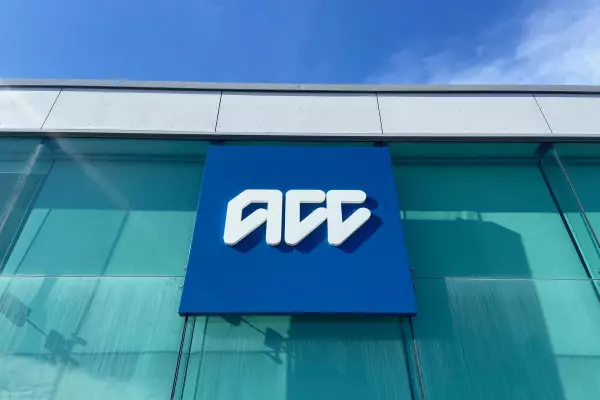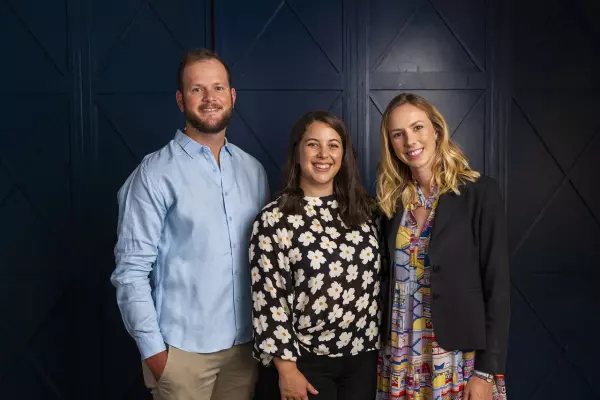A new interactive project led by Google is to encourage the learning of ten indigenous languages, including te reo Māori.
Woolaroo is a web-based tool designed for use on smartphones that uses Google’s Cloud Vision artificial intelligence platform to identify objects using the phone’s camera, and then displays the word for the image in the selected language.
The project builds on the work done by Spark in 2018 on its Kupu app that used image recognition to teach the pronunciation of te reo Māori words.
Woolaroo, which is live here and is best viewed on a mobile device, also supports Louisiana Creole, Nawat, Calabrian Greek, Tamazight, Sicilian, Yang Zhuang, Rapa Nui, Yiddish and Yugambeh.
“There are 7,000 languages spoken today and 3,000 of those are at risk of extinction,” Chris Rollings, Google partner innovation executive producer told BusinessDesk.
“Language is a vital part of society because it enables people to communicate in its culturally purest form and unfortunately when a language begins to die out, the true expression of that culture dies with it.”
The tool was developed with Auckland-based studio Rush, which also worked on New Zealand’s NZ covid tracer app.
Possibilities
Central to te reo Māori’s successful integration with Woolaroo is the work of Dr Tania Ka’ai, chair of Te Murumāra Foundation. The organisation is responsible for the continued use of the Te Aka Māori dictionary, part of the work of the late professor John C. Moorfield.
Ka’ai told BusinessDesk that a cultural wariness of corporations meant a lot of trust-building between Google and the foundation was necessary before the Te Aka resources were shared.
“There’s a real issue, a fear of big corporates and that whole colonial mentality that this is all about making money off the poor fella like we’re a sweatshop in the middle of some country that they’re going to exploit.”
Despite her initial suspicions, she said the experience of working with Google on the project has opened the foundation's eyes to the possibilities of further harmonious work with large organisations.
“We’ve had an experience that we think is a learning one … we’re really proud of the outcome,” she said.
Te reo Māori resources used on Woolaroo’s open-source platform, along with all nine other languages, remain the property of the source provider through licensed APIs.
Rollings said the project had to remain open source because a closed mobile application setup would have given Google access to the data from each contributing community. With open-source, each community has full control over the data they contribute.
Ka'ai said sharing the data from the Te Aka dictionary is not done lightly but contributes to the importance of correctly representing te reo Māori on Woolaroo, which can also accurately read words aloud to the user.
“We are very proud that this little team made a line in the sand around what was appropriate and what wasn’t.
“What I think we’ve successfully done together with Google … is to show that it is possible to work within an indigenous community, but you have to have some principles and core values that are paramount for the relationship to work.”


